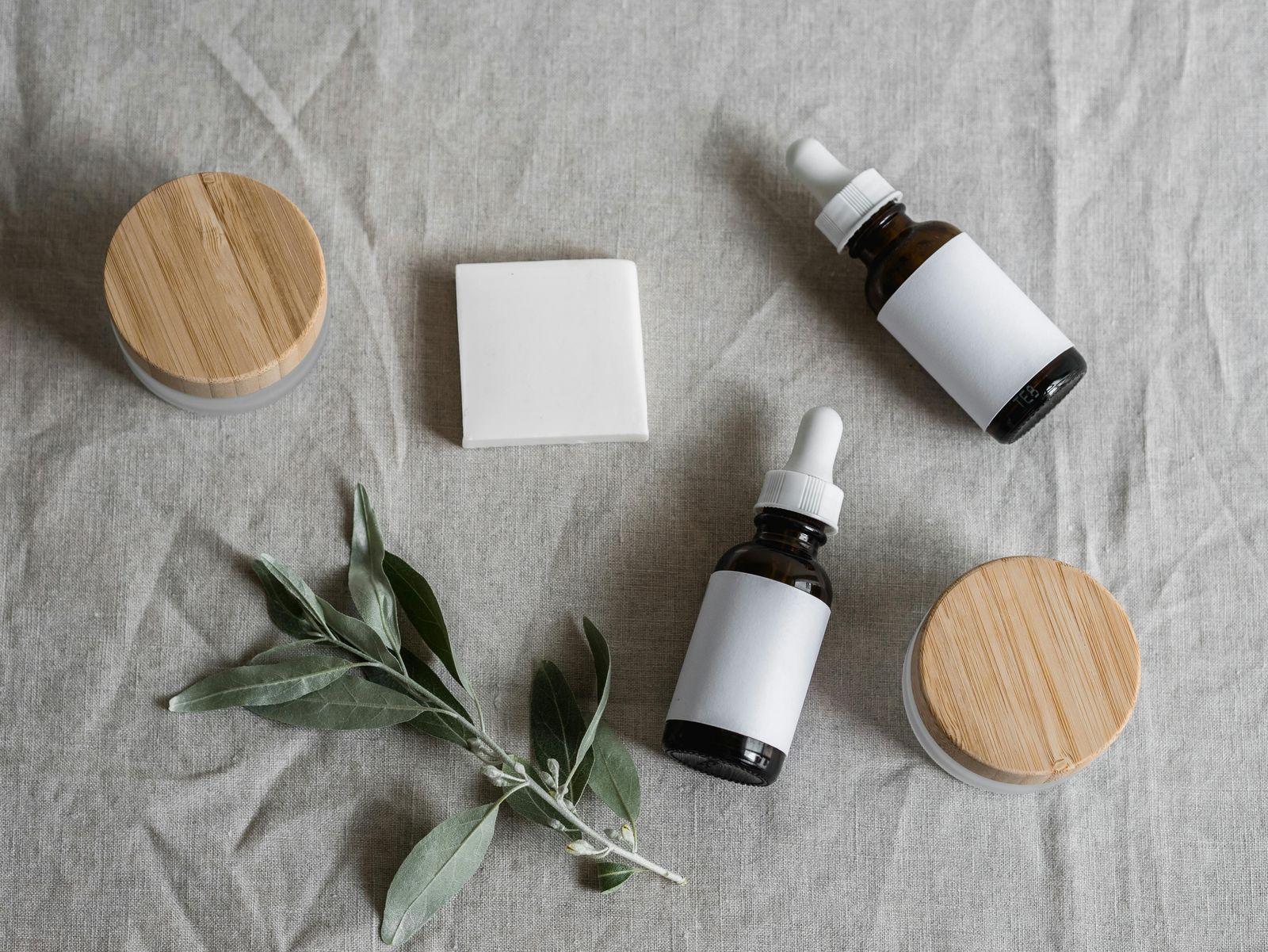
Discover how balancing aesthetics and utility in product design enhances brand reputation, customer satisfaction, and profitability in today's market.
Achieving a perfect balance between form and function is a common goal among businesses that want to secure the success of their branded products. This is because while aesthetics appeal to the customer’s emotions and sense of style, utility ensures the product delivers on its promises and meets practical needs. Encapsulating that balance between form and function is essential to how the market will receive the product.
By tapping the expertise of a seasoned product design services provider or utilizing your company’s internal product design team, it’s possible to effectively enhance brand reputation, customer satisfaction, and ultimately, profitability. If you’re keen on launching a branded item that perfectly marries aesthetics and utility, check out the tips below.
Start with the User in Mind
A successful product design should be founded on your company’s deep understanding of your target audience. Who are your target users, and what problems are they trying to solve? What are their preferences and pain points? You can identify the answer to these basic questions by conducting thorough market research, surveys, and user interviews.
Keeping the user central to the design process ensures that your product is not only attractive to its intended audience but also relevant and valuable to them. For example, if your target market values sustainability, incorporating eco-friendly materials into your design can enhance both its utility and visual appeal.
Embrace Collaborative Design
Balancing form and function requires input from diverse perspectives. It’s a good idea, then, to encourage collaboration between designers, engineers, marketers, and other stakeholders involved in the product’s development. Designers may focus on aesthetics, while engineers prioritize practicality, but bringing these perspectives together fosters innovative solutions that the end users will appreciate.
Putting things into perspective, an engineer might suggest a material that enhances durability, while a designer can propose ways to integrate it seamlessly into the overall aesthetic. Adopting this collaborative design process helps ensure that neither form nor function is compromised and that the end result is a cohesive product that satisfies the requirements of all stakeholders.
Prioritize Simplicity
Simplicity in design is often key to achieving harmony between aesthetics and utility. Overcomplicating a product with excessive features or intricate designs can detract from its usability and confuse users. So instead of a maximalist approach, focus on the core functionalities and essential design elements of the product.
A minimalist approach can enhance the product’s visual appeal while making it intuitive and easy to use. Think of iconic designs like the iPhone, where simplicity in form and functionality has become a hallmark of its success. It’s a perfect example of how stripping down to the essentials allows both form and function to shine.
Test, Iterate, and Refine
Prototypes and user testing are invaluable in the journey toward balanced product design. Building prototypes allows you to test the product’s usability and aesthetics in real-world scenarios. Use this prototype to gather feedback from your target audience and make iterative improvements based on their input. This iterative process is a powerful way to align the visual and functional aspects of your product.
Testing ensures that the product performs as intended and meets user expectations. At the same time, it also helps identify potential flaws or areas where the design can be optimized.
Leverage Technology and Innovation
Advancements in technology and manufacturing techniques offer opportunities to enhance the product from both a useability and an aesthetic level. Leveraging tools such as 3D printing, CAD software, and advanced materials can help you achieve intricate designs without compromising utility.
For example, lightweight yet durable materials can enhance a product’s functionality while contributing to a sleek, modern appearance. Smart technologies, such as IoT integration, can add layers of functionality while maintaining a clean and appealing design. Staying updated on technological trends ensures that your products remain competitive and innovative.
Align Design with Brand Identity
Your product’s design should reflect your brand’s values and identity. A cohesive alignment between design aesthetics and brand messaging not only reinforces your company’s image but also resonates with your target audience. If your brand emphasizes luxury, the product’s design should exude elegance and sophistication while maintaining high functionality, for example. Consistency in design and branding builds trust and creates a stronger emotional connection with customers, making your product more memorable and desirable.
Plan for Longevity
Durability and timelessness are essential aspects of a successful product. A design that focuses solely on current trends may become obsolete quickly, whereas a well-thought-out design with enduring appeal can remain relevant for years. Planning for longevity involves selecting durable materials, considering future usability, and avoiding overly trendy design elements.
By creating products that stand the test of time, you not only enhance their functionality but also contribute to sustainable practices. Long-lasting products also reduce waste and build customer loyalty, thus reflecting positively on your brand.
Customers are drawn to designs that are visually appealing, but they remain loyal to products that deliver value and solve real problems. As such, when you achieve the delicate balance between aesthetics and utility, you create products that stand out in the marketplace. By keeping the user at the center, fostering collaboration, and leveraging innovation, you can deliver designs that are as functional as they are beautiful—a winning combination for any brand.
Was this news helpful?






 Yes, great stuff!
Yes, great stuff! I’m not sure
I’m not sure No, doesn’t relate
No, doesn’t relate



